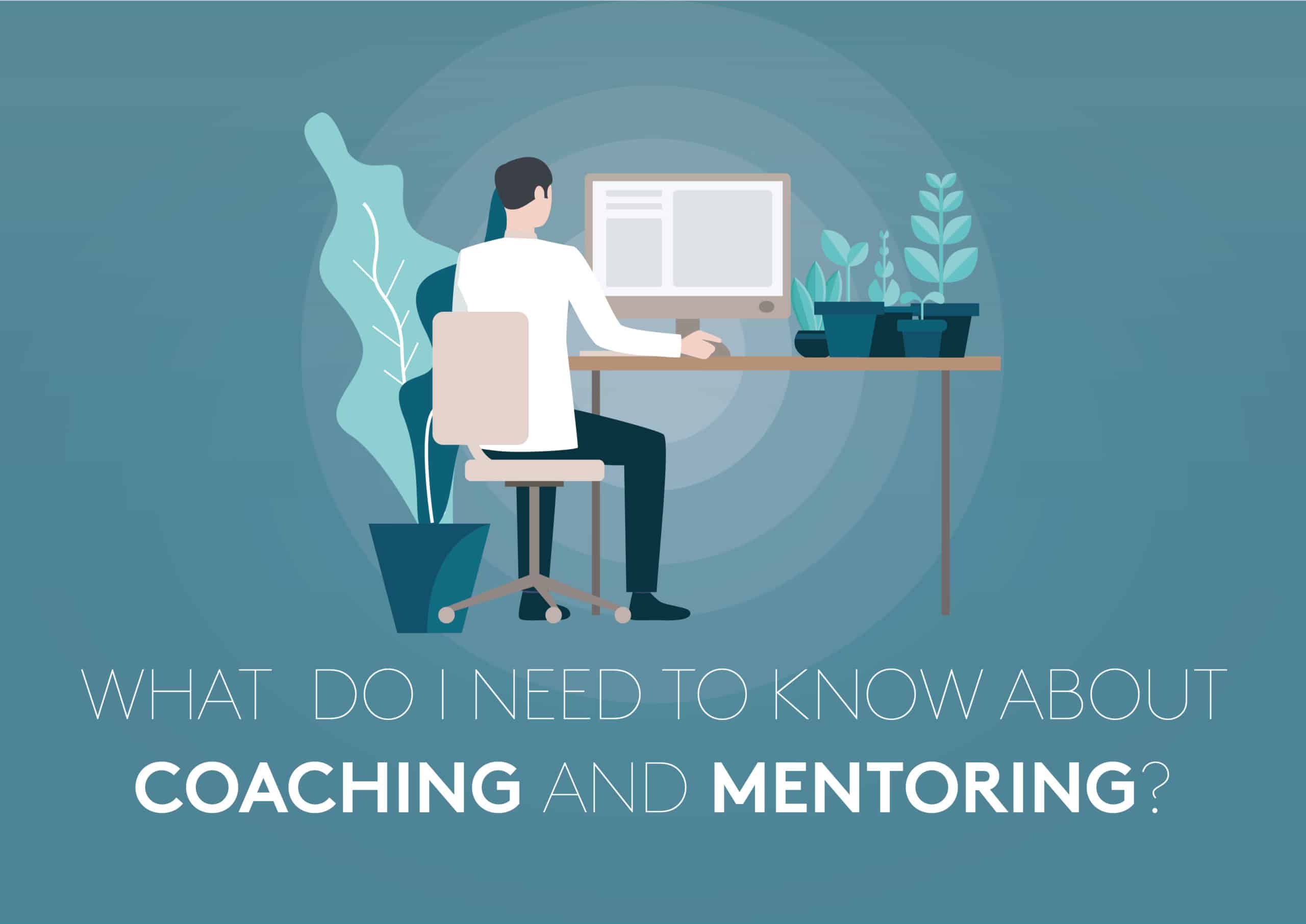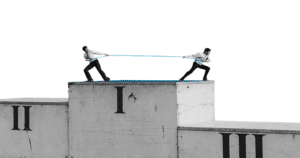Extract from an article written by David Clutterbuck and Lis Merrick
Although overall spend on training and development has in many organisations been capped or declined during the recession, coaching and mentoring appear to have at least held their own and actually become a more critical part of the L&D offering. In part, this is because internally resourced coaching and mentoring are cheaper and proven to be effective as an alternative to formal training; but it is also because there is greater recognition of the value of more immediate, person-focused interventions.
However, just because more coaching and mentoring is happening doesn’t mean that it is always set up for success. In many organisations, coaching and mentoring occurs as a scattered and disjointed series of activities, rather than as part of a coherent and integrated strategy, which can enhance many other aspects of the organisations OD and L&D effort. Few organisations measure the quality or outcomes of coaching and mentoring in a robust way and those that do, don’t necessarily use the data as part of a process of continuous improvement.
In our interviews with hundreds of HR professionals around the world, responsible for coaching and mentoring, we have identified many of the core elements of a successful strategic approach. Having a strategic approach does not necessarily imply a journey towards a coaching and mentoring culture, but this seems to be a factor in the ambitions of many of these HR professionals and their organizations. In this paper, we outline those core elements of a proven and effective coaching and mentoring strategy.
Component one: A broad portfolio of coaching and mentoring formats and applications
There is no single, “right” model of coaching or mentoring. Rigid systems approaches based on a single model typically defeat the object of introducing them, because people have different needs. A single model approach tends to result in cynicism as people try to force it to work, in a context where it isn’t suited. For example, GROW model coaching is of limited use outside of skills and basic performance coaching. Our research shows that, as coaches become more experienced, they outgrow GROW and need more flexible, person-centred approaches.
A pragmatic and evidence-based approach to coaching and mentoring therefore offers a portfolio of models, which can be adapted to the complexities of the situations which, organizations and people encounter.
It also offers a portfolio of different coaching and mentoring modes, including:
• Externally resourced professional coaching/mentoring
• Internally resourced professional coaching
• Coaching by line managers or within work teams
• Team coaching (someone external to the team coaching them collectively)
• Developmental mentoring
• Sponsorship
• Maternity mentoring and maternity coaching
Component two: Putting the work team at the heart of the coaching culture
Given the ineffectiveness of line manager coaching, what’s the alternative? Experiments in organizations including Asda (Walmart) and University College London University indicate that much can be achieved by building a coaching culture within the team. Integral to doing so are:
• Educating everyone in the team about the value of coaching and how to coach and be coached
• Getting everyone to take responsibility for both their own learning and the collective learning of the team
• Giving the learning process sufficient – coaching is a mindset, not an activity and mindsets take months to acquire
• Building comfort with coaching processes and behaviours by applying them consensually to real, tough decisions and challenges the team faces.
When enough work teams establish a coaching culture, it creates the impetus for wider cultural change across the organization.
Component three: Support as and when it’s needed
Coaching and mentoring behaviours tend to dissipate, if there is insufficient reinforcement. Organizations, which have been relatively successful in pursuing a coaching and mentoring culture, tend to have a variety of different forms of continuing support. These might include:
• Professional supervision – usually group supervision, intended as a source of regular skills development, as a safety check and as a means of identifying themes that need to be addressed
• A database of further reading and practical guidance, usually held on the HR intranet. This can be supplemented by video demonstrations of coaching and mentoring good practice.
• Peer support groups, often in the form of action learning sets, which promote continuous learning in the coaching/ mentoring role
• A progression path for those coaches and mentors, who want to gain qualifications beyond the basic levels
• “On demand” training and further education, via webinars and other electronic media
• Coach development centres, to promote continuous skills development
Component four: HR as champions for coaching and mentoring Our experience of working with international HR teams tell us that:
• There is typically a wide variation of understanding about the nature and utility of coaching and mentoring across the HR community. It’s not uncommon, for example, for people in different regions to have completely opposite definitions of coaching and mentoring
• Particularly in business partner structures, time-pressed HR professionals don’t have space or energy to become proficient champions of coaching and mentoring
• Wherever purchasing of externally resourced coaching and mentoring services has been handed over to a purchasing department, there has been a substantial (and sometimes disastrous) slump in quality of provision and relationships with external providers
By contrast, some companies have achieved culture change by focusing on the role of HR professionals as champions of coaching and mentoring (alongside senior line managers). They have devoted resources to educating HR for various levels of involvement, but at a minimum with the skills and knowledge to help line managers decide when coaching or mentoring will be helpful in resolving business issues ranging from retention of key staff to performance improvement for individuals.
Component five: Robust measurement
Some of the most common measurements include:
• Progress towards a coaching and mentoring culture
• Quality of coaching (both internally and externally delivered)
• Ability of people to be coached
• Impact and / or return on investment of coaching and mentoring (both internally and externally resourced)
The validity of these measures is gradually improving, giving HR the data it needs to demonstrate the effectiveness of coaching and mentoring interventions. In our experience, HR teams who introduce robust measurement, both as a formative process whilst the coaching and mentoring interventions are taking place and then as a final summative process create a highly credible business case for more investment in coaching and mentoring.
Component six: A structure to facilitate coaching and mentoring
The role of head of coaching and mentoring is relatively recent, but strategically important within HR functions of large organisations. There is even movement towards establishing professional qualifications in the role.
Other useful resources include:
• An on-line community of interest in coaching and mentoring, involving HR, line managers and invited external experts
• Direct involvement of the top team as role models for coaching and mentoring
• A well-publicised coaching and mentoring strategy
• A steering group of key stakeholders
Component seven: Linking all the components together in a strategic framework
Part of the role of the head of coaching and mentoring is to integrate all of these components into a coherent strategy. Key questions they address include:
• What are our current business issues/business strategy that we are seeking to support through coaching and mentoring?
• How can we integrate the coaching and mentoring strategy with other critical strategies in areas such as talent management, performance management, succession planning, personal development planning, career planning, team development planning and workforce planning? So we have a seamless people framework.
• How fast do we want/can we afford to move towards a coaching and mentoring culture?
• What combination of coaching related-activities will yield the greatest impact in terms of both rapid progress towards a coaching and mentoring culture and addressing current business challenges? What can we resource internally and what will we have to buy in?
• What resources can we call upon?
Some organizations are also attempting to link their coaching and mentoring strategy to corporate social responsibility objectives. For example, they are promoting cascade mentoring (where junior people mentored from above are expected after six months to mentor someone in the wider community – a very direct and immediate way of paying back). Other companies have opened out their training in coaching and mentoring to employees of charities.
The strategic planning process
Who should be involved in the strategy creation process? The consensus is “all stakeholders” – HR, a sample of potential mentors and mentees, senior line management and, if appropriate, external advisors.
It typically takes six months to build a strategic plan, with roughly a third of the time each going to:
• Establishing what is happening already. It’s important to establish the amount and quality of coaching and mentoring happening already and what factors may help or hinder implementation. It is common in multinational companies for subsidiaries in different countries and regions to have radically different ideas of what coaching and mentoring involve and often contradictory approaches to training and implementation.
• Building consensus for the headline objectives and priorities
• Achieving buy-in and fleshing out the detail
The bottom line
As expenditure on coaching and mentoring increase, it becomes more important to ensure that they deliver value for money. In most cases, this will involve bringing more activities and capabilities in-house – and hence placing coaching and mentoring higher on the agenda of both HR and top management.
David Clutterbuck & Lis Merrick
David Clutterbuck is one of the top 15 HR influencers. Author or co-author of 70 books, he is a co-founder of the European Mentoring and Coaching Council and visiting professor at both Sheffield Hallam and Oxford Brookes Universities.
Lis Merrick is a Consultant in Coaching and Mentoring and a Visiting Fellow of the Coaching and Mentoring Research Unit at Sheffield Business School.
© David Clutterbuck, 2014





